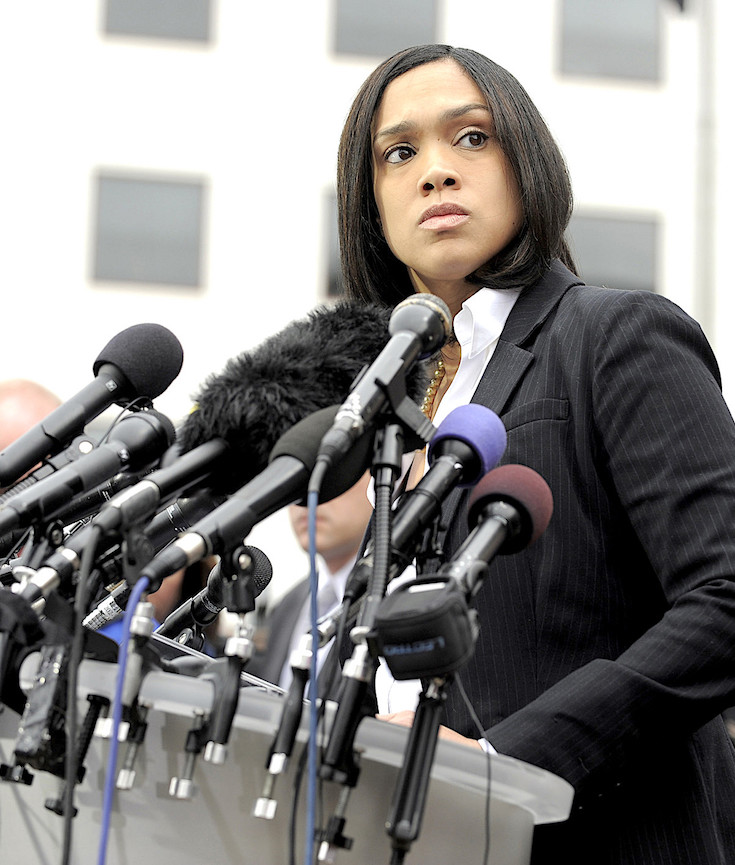The U.S. Department of Justice and the city of Baltimore announced an agreement to reform the city’s troubled police department on Thursday. The 227-page document lays out a detailed plan for the Baltimore police to try to correct egregious violations of constitutional rights, racial disparities in their practices, excessive use of force, and a culture of retaliation against whistleblowers. The agreement could represent one of the last hurrahs for the police-reform movement before the Trump administration takes office.
[mc4wp_form id=”6042″]
The agreement, which the city voted to fund Thursday morning, even before it had been made public, resolves a federal investigation that began with the death of Freddie Gray in police custody in April 2015. That death provoked widespread demonstrations in the streets of the Charm City, and some rioting, drawing the spotlight to a long history of racial division and unequal policing in Baltimore. While a prosecutor’s bid to convict officers for their role in Gray’s death failed, the Justice Department produced a stomach-churning report last August.
 Photo | Kim Hairston, Baltimore Sun
Photo | Kim Hairston, Baltimore Sun
 Photo | David Goldman, Associated Press
Photo | David Goldman, Associated Press
 Photo | Lloyd Fox, Baltimore Sun
Photo | Lloyd Fox, Baltimore Sun
 Photo | Karl Merton Ferron, Baltimore Sun
Photo | Karl Merton Ferron, Baltimore Sun
 Photo | Karl Merton Ferron, Baltimore Sun
Photo | Karl Merton Ferron, Baltimore Sun
On April 12, 2015, Baltimore Police Department officers arrested Freddie Gray, a 25-year-old African American resident of Baltimore, Maryland. Gray sustained injuries to his neck and spine while in transport in a police vehicle. On April 18, 2015, after Gray’s subsequent coma, the residents of Baltimore protested in front of the Western district police station. Gray died the following day, April 19, 2015, a week after the arrest.
Further protests were organized after Gray’s death became public knowledge, amid the police department’s continuing inability to adequately or consistently explain the events following the arrest and the injuries. Spontaneous protests started after the funeral service, although several included violent elements. Civil unrest continued with at least twenty police officers injured, at least 250 people arrested, 285 to 350 businesses damaged, 150 vehicle fires, 60 structure fires, 27 drugstores looted, thousands of police and Maryland National Guard troops deployed, and with a state of emergency declared in the city limits of Baltimore. The state of emergency was lifted on May 6.
On May 1, 2015, Gray’s death was ruled by the medical examiner to be a homicide. Six officers were charged with various offenses, including second-degree murder, in connection with Gray’s death. Three officers were subsequently acquitted; in July 2016, following the acquittals, Baltimore City State’s Attorney Marilyn Mosby dropped charges against the remaining three officers. (Wikipedia)


You must be logged in to post a comment.